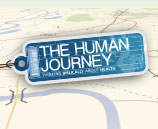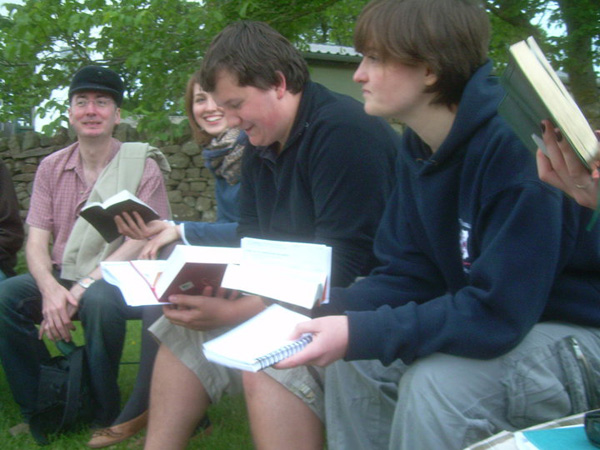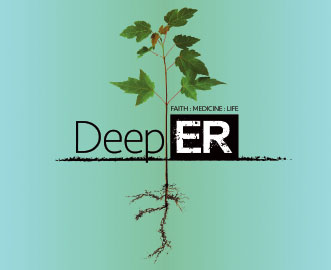1. Deacons as Community Based Health Facilitators
An internal evaluation of a government programme showed that the workers had become discontented, had defaulted and many had become private injectors. The Health Co-ordination team recognised the potential usefulness of the wide network of EECMY congregations. A meeting with them about unity and volunteer according to a programme that they planned.
The first 20 (nineteen women) were then sent by the church in twos to visit 30-34 homes a month each, to share the gospel. pray and talk about health problems. Each month the deacons met for bible study, prayer, discussion of experiences and problems encountered, and to learn about a new health problem chosen by themselves. They reported finding sick people at home too poor to come for treatment and a system was devised by which the deacons could apply for free medical tickets for the destitute who were sick.
The scheme started in 1992, now in 1996 has about 300 deacons. They are supported by the development department of the church (for example when a spring needs to be protected)and the health team (e.g. for immunisations). In spite of disappointments there is evidence of steps being taken each month toward a healthier community, of increased awareness of how to prevent disease and use simple remedies such as oral rehydration, of visits made to the disabled, care given to the destitute and of follow up of defaulters from treatment and immunisation.
2. Community based Malaria Health Workers (MHWS) stem an epidemic.
The epidemic was thought to be due to a dam built 10 km from the town and the opening of private pharmacists without any rational prescribing. Investigation showed a 15% chloroquine resistant rate and 50% of asymptomatic people being carriers of ma aria parasites. A mass treatment campaign was begun by the government as well as spraying with DDT.
The EECMJ health team worked with their congregations to select and train Malaria Health Workers (MHWS) jointly with the government. These were' provided with chloroquine, aspirin and primaquine (to prevent transmission) conforming to government protocols. Patients were seen each day to take their treatment and paid for it, a price cheaper than if bought at a pharmacy or the clinic. Future medicines could be bought and a small profit shared by the congregations (to compensate for the costs of the training) and the MHWs. The latter were taught how to keep careful records which provided information for evaluation. Patients not responding to the treatment were referred to the clinic at reduced price.
A drastic reduction in cases treated by the MHWs was seen and a reduction in resistant and cerebral malaria cases treated by the clinic. The MHWs were taught other aspects of health and hygiene.
An internal evaluation of a government programme showed that the workers had become discontented, had defaulted and many had become private injectors. The Health Co-ordination team recognised the potential usefulness of the wide network of EECMY congregations. A meeting with them about unity and volunteer according to a programme that they planned.
The first 20 (nineteen women) were then sent by the church in twos to visit 30-34 homes a month each, to share the gospel. pray and talk about health problems. Each month the deacons met for bible study, prayer, discussion of experiences and problems encountered, and to learn about a new health problem chosen by themselves. They reported finding sick people at home too poor to come for treatment and a system was devised by which the deacons could apply for free medical tickets for the destitute who were sick.
The scheme started in 1992, now in 1996 has about 300 deacons. They are supported by the development department of the church (for example when a spring needs to be protected)and the health team (e.g. for immunisations). In spite of disappointments there is evidence of steps being taken each month toward a healthier community, of increased awareness of how to prevent disease and use simple remedies such as oral rehydration, of visits made to the disabled, care given to the destitute and of follow up of defaulters from treatment and immunisation.
2. Community based Malaria Health Workers (MHWS) stem an epidemic.
The epidemic was thought to be due to a dam built 10 km from the town and the opening of private pharmacists without any rational prescribing. Investigation showed a 15% chloroquine resistant rate and 50% of asymptomatic people being carriers of ma aria parasites. A mass treatment campaign was begun by the government as well as spraying with DDT.
The EECMJ health team worked with their congregations to select and train Malaria Health Workers (MHWS) jointly with the government. These were' provided with chloroquine, aspirin and primaquine (to prevent transmission) conforming to government protocols. Patients were seen each day to take their treatment and paid for it, a price cheaper than if bought at a pharmacy or the clinic. Future medicines could be bought and a small profit shared by the congregations (to compensate for the costs of the training) and the MHWs. The latter were taught how to keep careful records which provided information for evaluation. Patients not responding to the treatment were referred to the clinic at reduced price.
A drastic reduction in cases treated by the MHWs was seen and a reduction in resistant and cerebral malaria cases treated by the clinic. The MHWs were taught other aspects of health and hygiene.






























